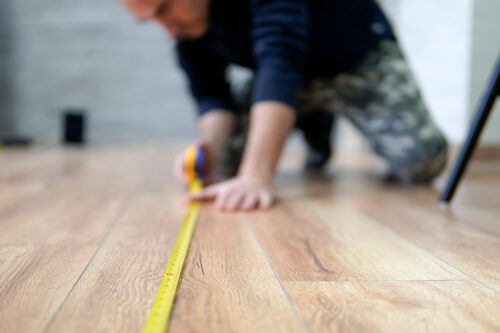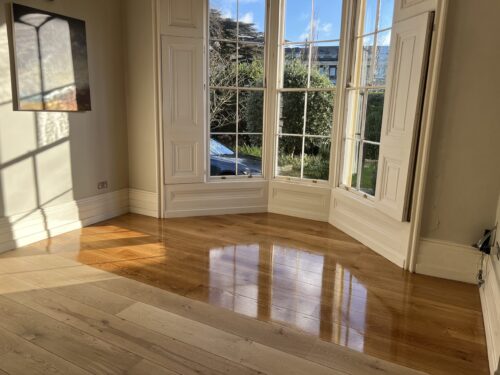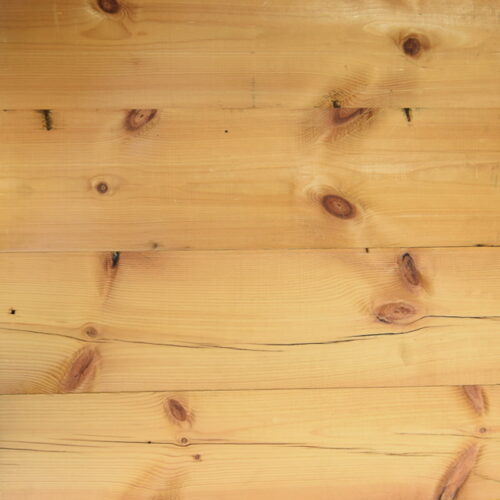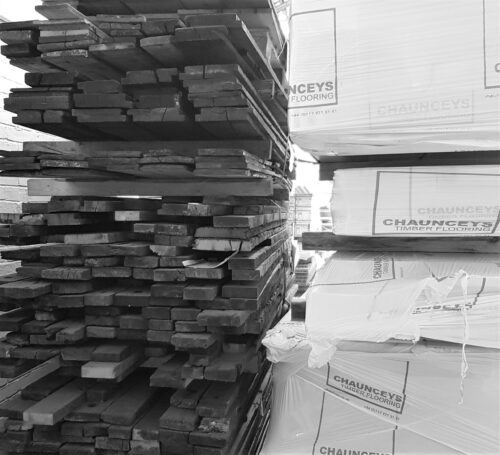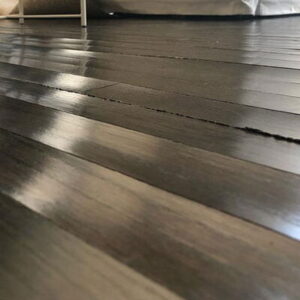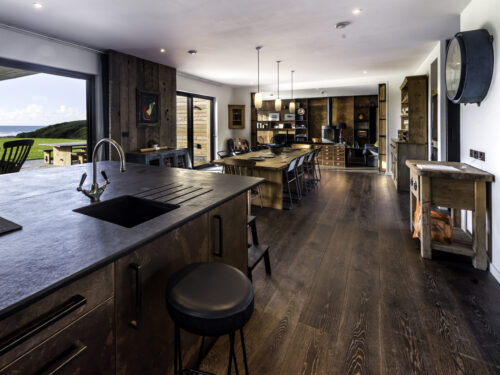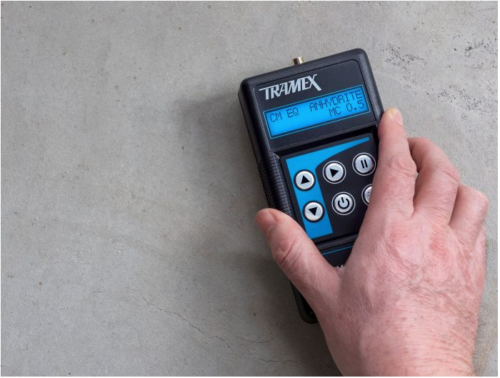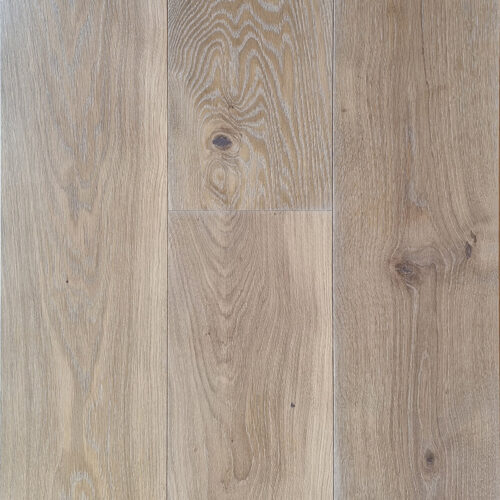How to Take Moisture Readings
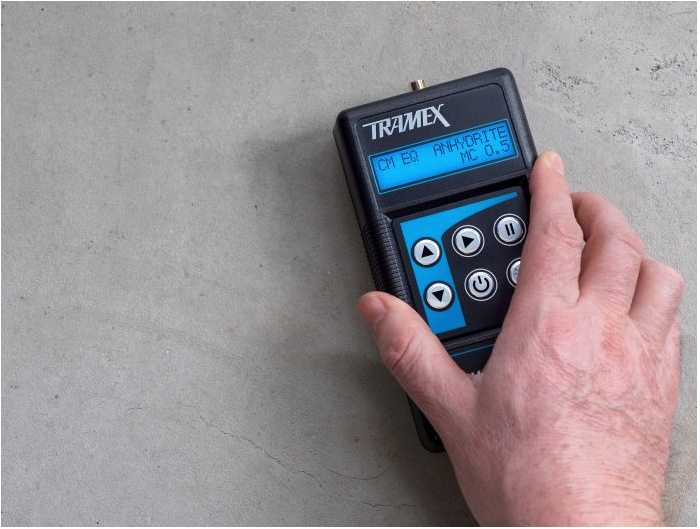
For Concrete & Cementitious Screed
Drying Time
Concrete can take 28 days to reach its full strength. You only have to look at the amount of water mixed
in to make concrete/screed to realise quite how much water there is to dry out. The rule of thumb is
one day per mm depth for screeds with a total depth of 60mm or less and two days per mm depth for
screeds with a total depth over 60mm. For example, a screed with a full depth of 70mm could take up
to 140 days to dry. If you are tight on time on your project, fast-drying screeds are available. We always
recommend checking suppliers recommendations to ensure the fast-drying screed you have chosen is
suitable for its intended application and will dry out in the time you have allowed for it. It’s good also to
note that temperature and environmental moisture levels will affect drying times, e.g. open or closed
windows, heaters, etc. You or your fitter must check existing screeds/concrete for moisture before laying
flooring to avoid disastrous problems like your flooring cupping and crowning. You can easily do this by
using a specialist meter known as a hygrometer.
Measuring Moisture
Chaunceys recommend using a Tramex Concrete Moisture Meter as a non-intrusive method of measuring moisture in your screed or concrete. A more intrusive but highly accurate moisture testing method
involves drilling small holes in several places in the concrete substrate, then leaving a hygrometer probe
in the holes overnight to read the moisture level. A very rough yet qualitative way of approximating the
concrete’s moisture content is by sitting a humidity meter under a tent-like structure created by taping
a 2m2 piece of non-permeable plastic over the concrete. When left overnight, the meter will indicate the
level of dryness of the screed/concrete. Please note that this will only give a very approximate measure,
and you should always do proper testing using a hygrometer if you have any concerns about moisture
in the subfloor. Either the Tramex Concrete Moisture Meter or the Hygrometer should give an accurate
reading for the screed’s depth (please refer to the relevant manufacturer’s meter instructions).
Excess Moisture
When excess moisture is present in the concrete/screed subfloor, you should always rectify the problem
before the wooden floor is laid. A reading greater than 2.5%CM (~ 4% Tramex) for a concrete subfloor
indicates that you should install a suitable dampproof membrane with a two-coat/two-part liquid
layer (e.g. Mapei Mapeproof ESM 2 Part or Mapei Mapeiproof Turbo). In the case of a floating floor,
we suggest a well-installed heavy-duty, non-permeable plastic layer (make sure the plastic ends are
continued up into the walls to protect the wooden floor fully).
Underfloor Heating
If you have chosen to have underfloor heating, a reading greater than 1.8%CM (~ 3% Tramex) for a
concrete subfloor indicates that you should install a suitable damp proof membrane. In addition, we
usually recommend gluing engineered boards to screed containing Underfloor Heating pipes as this will
give a better transfer of heat.
It is essential to use a flexible adhesive (such as Mapei P990 or Pallman P4, P5 or P6), adequately
acclimatised wood flooring and a fully commissioned underfloor heating system. Although there is not
an exact comparison between moisture content by weight and relative humidity, a concrete screed with
a moisture content equal to or below 2.5%CM (1.8%CM if using underfloor heating) and a room relative
humidity of 45% – 65% (at time of fixing) should indicate suitable conditions for laying wooden flooring.
However, it is essential to note that due to differences in size, number and distribution of pores in the
concrete, the range of 2-3%CM may still exceed 75% RH or 65% with underfloor heating, in which case
additional drying time or a damp proof membrane will be necessary.
Laitance
Laitance is the weak, milky or powdery layer of cement dust, lime and fine sand on the surface of the
concrete. Laitance will rise to the surface of over-watered concrete, moist or concrete that has been
over trowelled. The stability of your flooring will be dependent on its adhesion to laitance-free concrete.
If the flooring has adhered to loose, crumbly laitance, then impact from trolleys, forklifts, etc., will cause
the laitance layer to delaminate, along with the adhesive.
For Anhydraite (Gypsum) Screed
Measuring Moisture
Moisture content must be checked with a hygrometer. An anhydrite screed should have a moisture reading of =/> 0.5%CM* before it is suitable for installing a wooden floor. If excess moisture is found in the anhydrite screed subfloor (i.e. a meter reading > 0.5%CM*), you should allocate additional time to enable the screed to reach an acceptable level of dryness. Never apply a vapour proof membrane over a gypsum-based screed as these types of screed could potentially rot. If you are using underfloor heating, a reading of < 0.3%CM* for the anhydrite screed indicates that more time will be required to let the anhydrite screed dry. This can be accelerated by the use of the underfloor heating system. We would usually recommend gluing engineered boards to screed containing underfloor heating pipes as this will give a better transfer of heat. Remember, it is essential to use an flexible adhesive (such as Mapei P990 or Pallman P4, P5 or P6) when fixing wooden boards.
Laitance
Anhydrite (gypsum) type screeds should always be sound, smooth and dry. All possible laitance should
be removed during the initial grinding stage. If laitance still exists, this should be mechanically removed
by further grinding/sanding and vacuuming up all dust.
Need More Advice?
If you need any advice or further help regarding moisture readings or subfloors, please feel free to call our Customer Services Team on 0117 971 3131.


